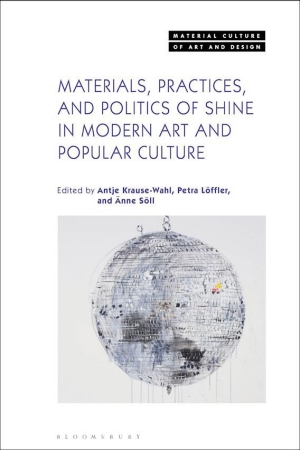“Shine,” state the organizers in their abstract for the symposium that originated this volume, “allures and awakens desire. As a phenomenon of perception, of refraction and reflection, shiny things, cloths and materials fascinate and tantalize. They are a formative element of material culture, promising luxury (possession), social distinction (prestige/glamor) and the hope of limitless experience and excess.” Its very existence is predicated on a sort of outward momentum, precisely because it radiates audaciously in the open. Its efficaciousness – predicated on its literal brilliance – is in the very act of its exposure. In short, by its very nature, shine cannot be hidden; it cannot be closeted.
This chapter returns in time to those shiny little objects that formed integral components of the design of modern – or moderne as the French referred to it at the time – Art Deco interiors of the interwar period. More specifically, I turn my gaze to two specific contemporaneous figures, English socialite Stephen James Napier Tennant (1906-1987) and Russian-born, Paris-based artist Tamara de Lempicka (1898-1980), as exemplary of the complicated relationship between light, photography, self-fashioning, sexuality and modern interiors and the importance shine played at the nexus of these different elements. Shine as seen in the photographs of the interiors of these dissident figures, I argue, was not simply the haphazard by-product of technical effects, but a purposeful staging and design management of a distinctly queer and camp sense of self-fashioned glamor (at once modern and dissident) that set itself in opposition to moralizing and normalizing notions of gender and sexuality. Moreover, I claim that shine was a vital and integral part of “stage-set modernism” and “photogenic architecture” in which interiors formed ideal backdrops for the display and performance of certain modern metropolitan identities. In short, these figures deployed the allure of shine through their own subjective ends toward defining a distinctly queer modernism.

